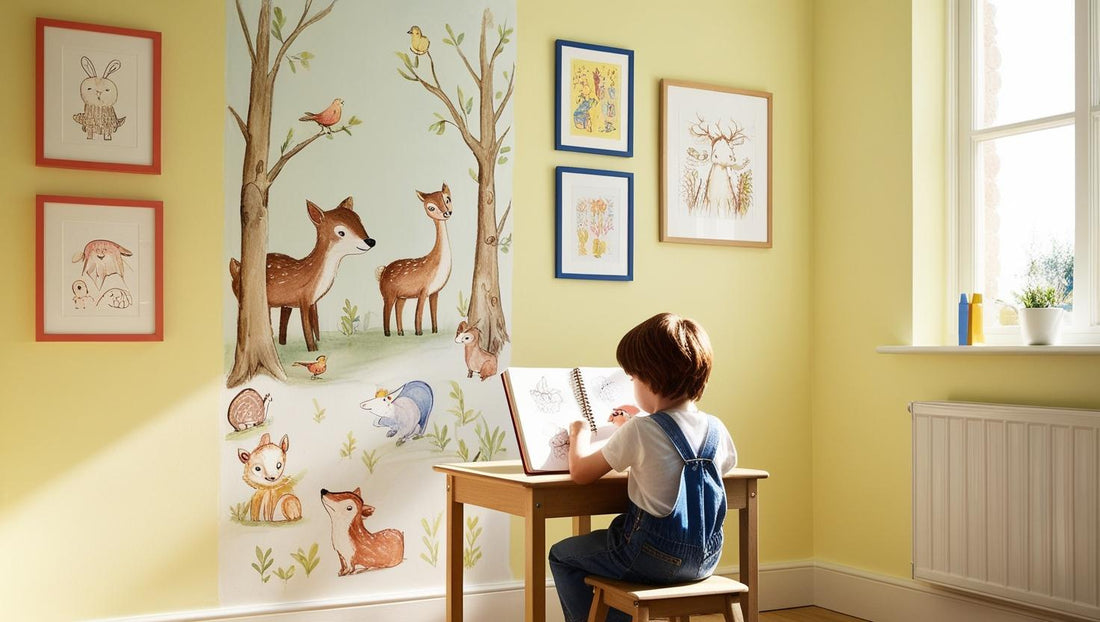
Raising Cultured Kids: How Art Education Shapes Character and Creativity
Share
We all hope to raise children who are thoughtful, creative, and appreciative of the world around them. One of the most effective ways to nurture these qualities is through art education. Exposure to fine art not only inspires creativity but also instills essential values such as patience, empathy, and an appreciation for different cultures. By making art a central part of a child’s upbringing, we can shape their worldview and build skills that will serve them for a lifetime.
Why Art Education Matters
Art is more than just self-expression; it is a window into history, culture, and the human experience. When children engage with art—whether by observing masterpieces, creating their own works, or discussing the meaning behind famous paintings—they develop critical thinking skills and emotional intelligence. Studies have shown that children exposed to art from a young age tend to be more innovative, adaptable, and open to new ideas.
Art as a Gateway to Cultural Appreciation
Art serves as a bridge between different times, places, and traditions. Introducing children to diverse artistic styles and cultural representations fosters respect and curiosity about the world. Seeing a Renaissance portrait, an African textile design, or a Japanese woodblock print helps children understand the beauty and significance of different traditions.
By learning about the stories behind artworks, children can also gain insight into historical events, societal changes, and the personal experiences of artists. This awareness nurtures empathy and broadens their perspectives on life.
Activities That Build Cultural Awareness Through Art
Incorporating art into a child’s daily routine can be both simple and enriching. Here are some engaging activities to foster cultural awareness and creativity:
-
Create Art Inspired by Famous Paintings – Encourage children to try their hand at recreating well-known masterpieces or creating their own versions with unique twists.
-
Storytelling Through Paintings – Ask children to describe what they think is happening in a painting and create their own stories based on it.
-
Explore Art from Different Cultures – Introduce artworks from various regions of the world and discuss their historical and cultural significance.
-
Museum Visits and Virtual Tours – Visiting art museums in person or exploring online collections allows children to see famous artworks up close and learn about their backgrounds.
-
Art Journals and Sketchbooks – Encourage children to maintain an art journal where they can sketch, paint, or write about their thoughts on different artworks.
How to Make Art a Daily Practice
Bringing art into a child’s life doesn’t have to be complicated. Simple steps like displaying rotating art prints at home, reading picture books about famous artists, or engaging in weekly drawing sessions can make a significant impact. By making fine art a part of their environment, children develop an appreciation for aesthetics and creativity that stays with them as they grow.
At Haus of Splendor, we make it easy to introduce children to the world’s greatest art through Little Art Haus, a beautifully curated collection of 20 fine art prints housed in elegant, changeable frames. This unique set allows children to engage with masterpieces from various cultures and time periods, transforming their space into an ever-evolving gallery of inspiration.
Give your child the gift of cultural enrichment and artistic inspiration with Little Art Haus—a timeless way to nurture creativity, knowledge, and appreciation for the arts.
